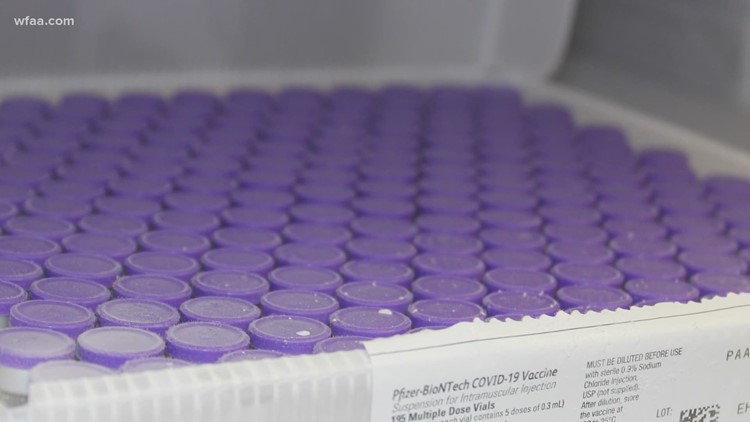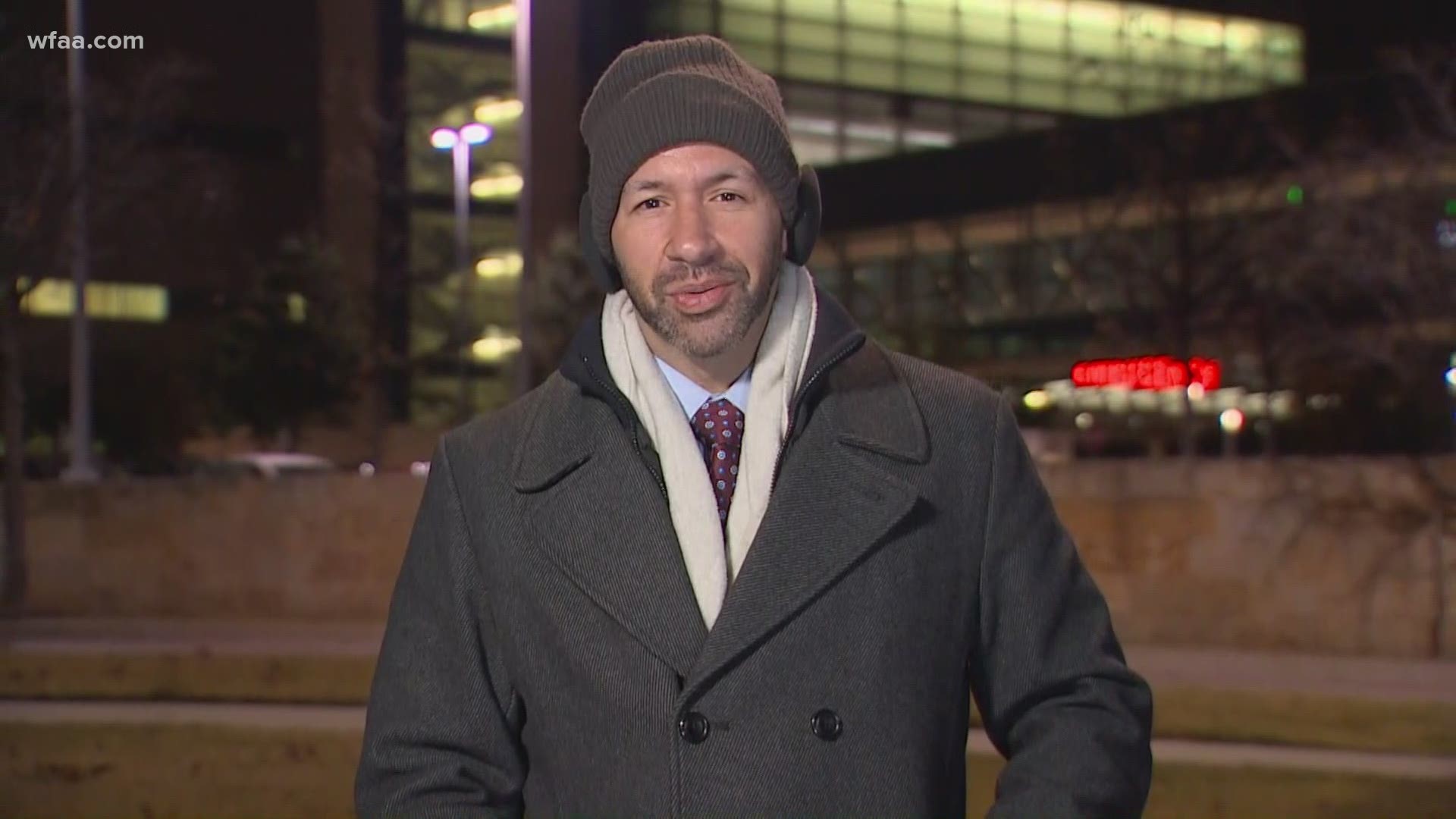Hospitals across Texas have begun receiving shipments of the Pfizer COVID-19 vaccine.
This shot is a messenger RNA vaccine, more commonly known as a mRNA vaccine. It is the first mRNA vaccine authorized for use in the United States, according to the Centers for Disease Control and Prevention (CDC).
While this vaccine has similarities to other vaccines approved by the U.S. Food and Drug Administration (FDA), it has some unique characteristics as well.
The FDA says the data from the new mRNA vaccine "provides clear evidence that Pfizer-BioNTech COVID-19 vaccine may be effective in preventing COVID-19."
What is an mRNA vaccine?
Many vaccines place a weakened germ into the body's system. An mRNA vaccine, instead, shows cells how to make a protein that initiates an immune response, according to the CDC. The vaccine is "tricking" the body to make these proteins.
Then, it produces antibodies to help protect someone against a virus that could potentially enter their body.
Because an mRNA vaccine doesn't use the live virus, it cannot give someone COVID-19, according to the CDC.
The mRNA also never enters the nucleus of the cell, meaning it does not affect or interact with our DNA.
While the new, approved COVID-19 vaccines are the first mRNA vaccines to be licensed by the FDA, the technology has been in use for cancer research since at least 2011.
The CDC says "cancer research has used mRNA to trigger the immune system to target specific cancer cells."
Similar to other vaccines, the COVID-19 mRNA vaccines are given in the upper arm muscle.
Our immune systems recognize that the protein within this vaccine doesn’t belong there and will begin to build an immune response. Then, our immune system makes antibodies, similar to what happens in natural infection against COVID-19.
At the end of the process, our bodies have learned how to protect against future infection.
An mRNA vaccine provides protection without the risk of getting sick with COVID-19.
How vaccine development works
Creating and implementing a new vaccine takes about 12 to 18 months, according to the Massachusetts Institute of Technology (MIT). However, both Pfizer and Moderna applied for FDA approval a little more than 10 months after the genetic sequence for COVID-19 was published.
MIT leaders also say an important advantage of mRNA is that it is easy to create and synthesize once researchers know the viral protein they are targeting.
However, a drawback to mRNA vaccines is that issues can arise if not stored in the right temperature.
Pfizer’s vaccine has to be stored at -70 degrees Celsius and Moderna's at -20 C.
One potential way to help with storage issues for mRNA vaccines is to remove the water from the vaccine using lyophilization.
The Harvard Medical School says there are also other mRNA vaccines currently being tested for other viruses such as Ebola, Zika virus and influenza. University leaders also say the mRNA technology could produce proteins missing in certain diseases, like cystic fibrosis.




